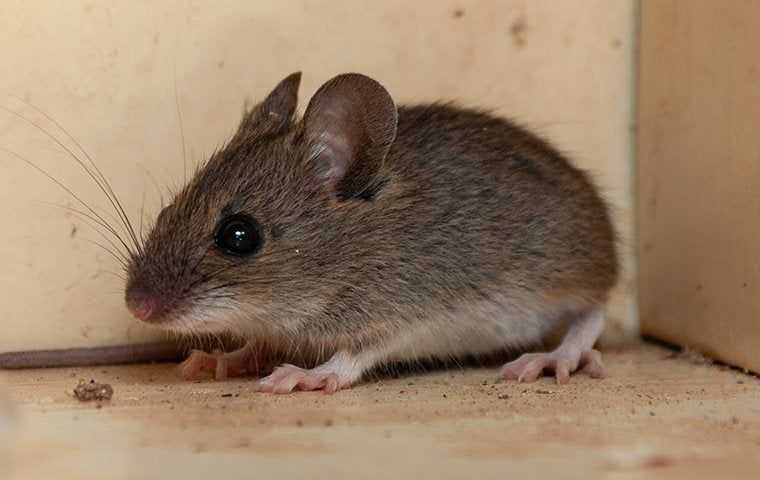House Mice Facts
- House mice (Mus musculus) are one of the most common and widespread rodent species in the world, found on every continent except Antarctica.
- House mice are highly adaptable and can thrive in a wide range of environments, including urban, suburban, and rural areas. They are known for their ability to adjust to various climates and habitats.
- House mice have a high reproductive rate, capable of producing a large number of offspring in a short time. A single female mouse can have up to 5 to 10 litters per year, with each litter containing about 5 to 14 pups.
- House mice are omnivores, meaning they consume a diverse diet. Their diet includes grains, seeds, nuts, fruits, vegetables, insects, and occasionally small vertebrates. They have a keen sense of smell to locate food sources.
- House mice can cause significant damage to crops, stored food, and property by gnawing on materials and contaminating food with their droppings and urine. They are also carriers of various diseases that can be transmitted to humans, posing a health risk.
Understanding these facts about house mice helps in implementing appropriate pest control measures and taking necessary precautions to mitigate the potential risks associated with their presence.
How do mice enter homes?
Mice are remarkably resourceful creatures when it comes to finding entry points into homes. They can squeeze through openings as small as a dime, making it essential to diligently inspect and fortify potential vulnerable areas.
Common entry points for mice include gaps or cracks in the foundation, vents, utility penetrations, damaged screens, improperly sealed doors, and windows. Additionally, openings around pipes, cables, and conduits provide convenient pathways for these agile rodents.
To prevent mice from entering, it’s crucial to conduct a thorough inspection of your property, identifying and sealing any potential access points. Employing sealants, weatherstripping, and mesh materials can help fortify vulnerable areas and maintain a secure perimeter against unwanted rodent intrusion.
Regular maintenance of your home’s exterior, including repairing damaged screens and sealing gaps, is essential in minimizing opportunities for mice to gain entry. Adhering to good hygiene practices, such as keeping food stored in airtight containers and maintaining a clean living space, further discourages mouse infestations.
Should you require assistance in mouse-proofing your home or dealing with a current infestation, pest control professionals are equipped with the expertise and tools to effectively address these concerns. Their knowledge of rodent behavior and proven rodent control methods can help ensure a pest-free environment for your household.
Remember, a proactive approach to pest prevention and maintenance is the foundation of a comfortable and secure home. If you have any inquiries or need assistance, don’t hesitate to reach out to your local pest control professionals.
Why do mice chew wires?
Mice exhibit a natural behavior of gnawing and chewing, which stems from their biological necessity to keep their teeth at an appropriate length and sharpness. Their incisors continually grow, and by gnawing on various materials, including wires, they help maintain dental health.
Now, wires specifically may attract mice due to their texture and composition. The outer layers of wires often appeal to mice as suitable nesting or bedding materials. As nocturnal creatures, they actively explore their environment and may encounter wires, initiating their instinctual chewing behavior.
From a pest control perspective, addressing this issue involves implementing preventive measures to deter mice and protect electrical wiring. Employing mouse-proofing techniques, such as sealing entry points and keeping areas tidy, reduces the likelihood of an infestation and potential wire damage.









